What is Wordle and why is it popular all of a sudden?
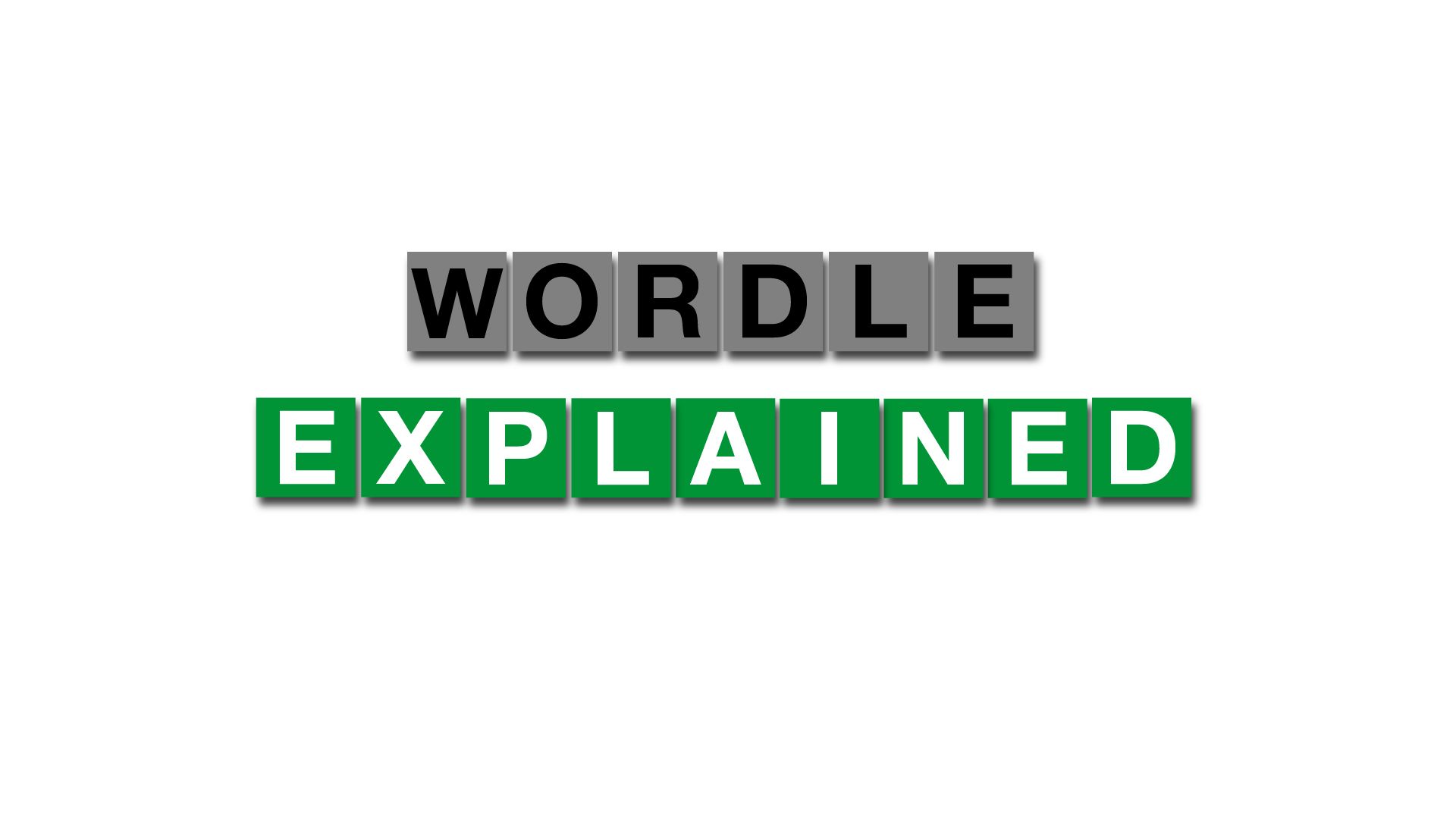
Recently, Twitter was flooded with a 5x6 grid of green, white, and yellow squares. The reason behind that is a daily online game called Wordle which has now been sold to The New York Times.
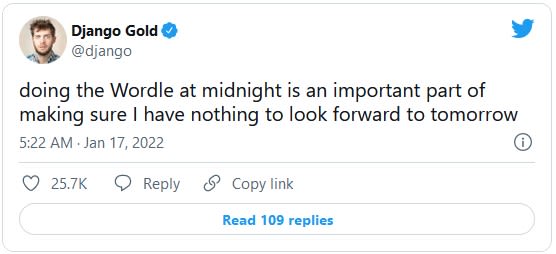
What is Wordle?
It is a daily game where the user has to guess a five-letter word in six attempts. The letters are spaced out in a grid, and each letter attempted gets marked either in grey, yellow or green. Green letters are part of the final word and in the right place. If they’re yellow, they’re in the final word but in the wrong place and grey letters are not a part of the final word.
The game grants users the ability to share their grid after guessing the word correctly. The game allows the user to share an emoji grid without letters on social media. Since it’s the same word for everybody, it is engaging to see how users guess the final word through the grid, and the minimal design using emojis works for the mystery it creates among people who are yet to discover what it is about.
This game has its roots in several other, older games like Jotto and the TV game show called Lingo. Both games are word and logic-based and require five-letter words. The origins of Jotto go far back to the 1970s.
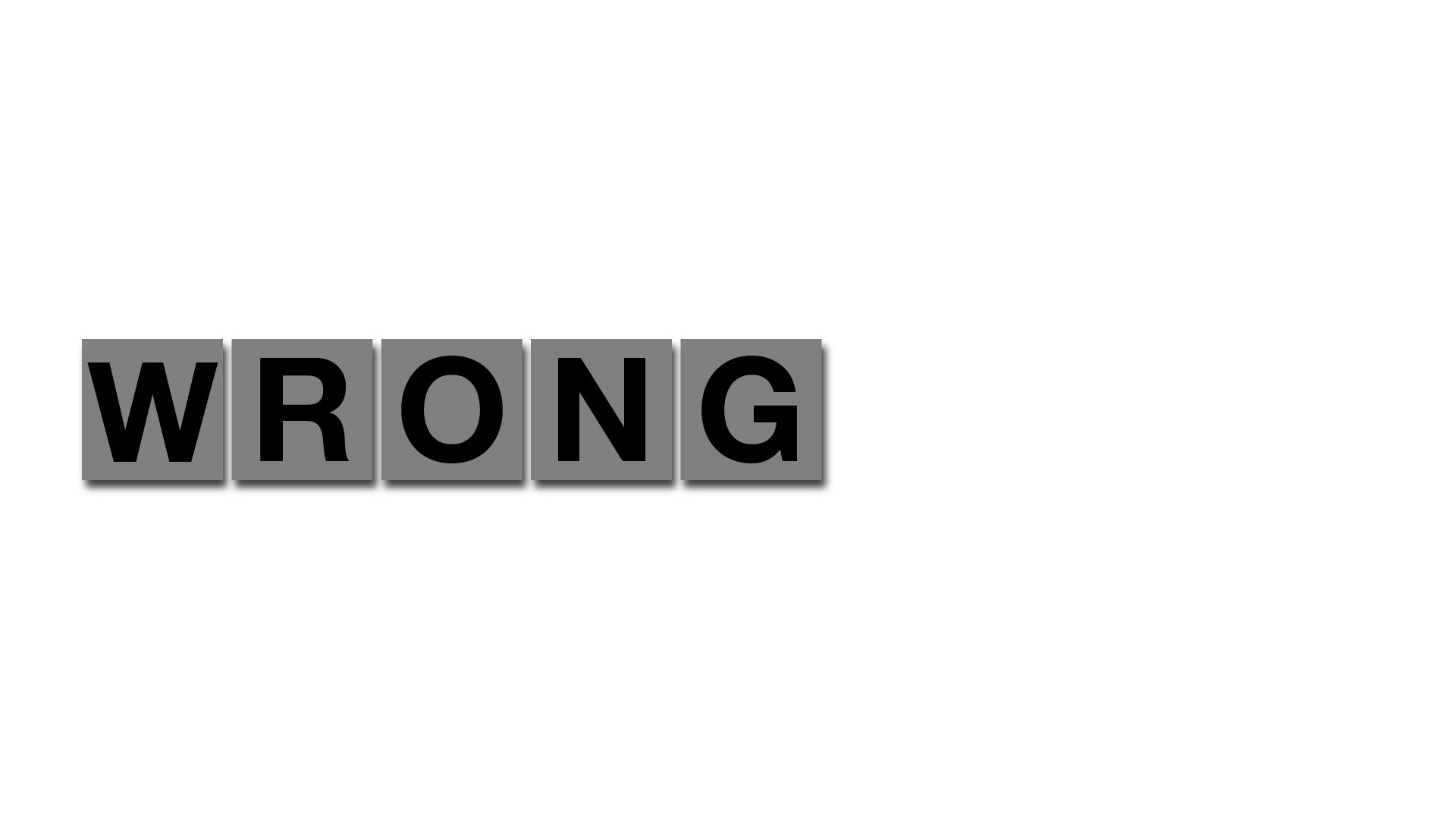
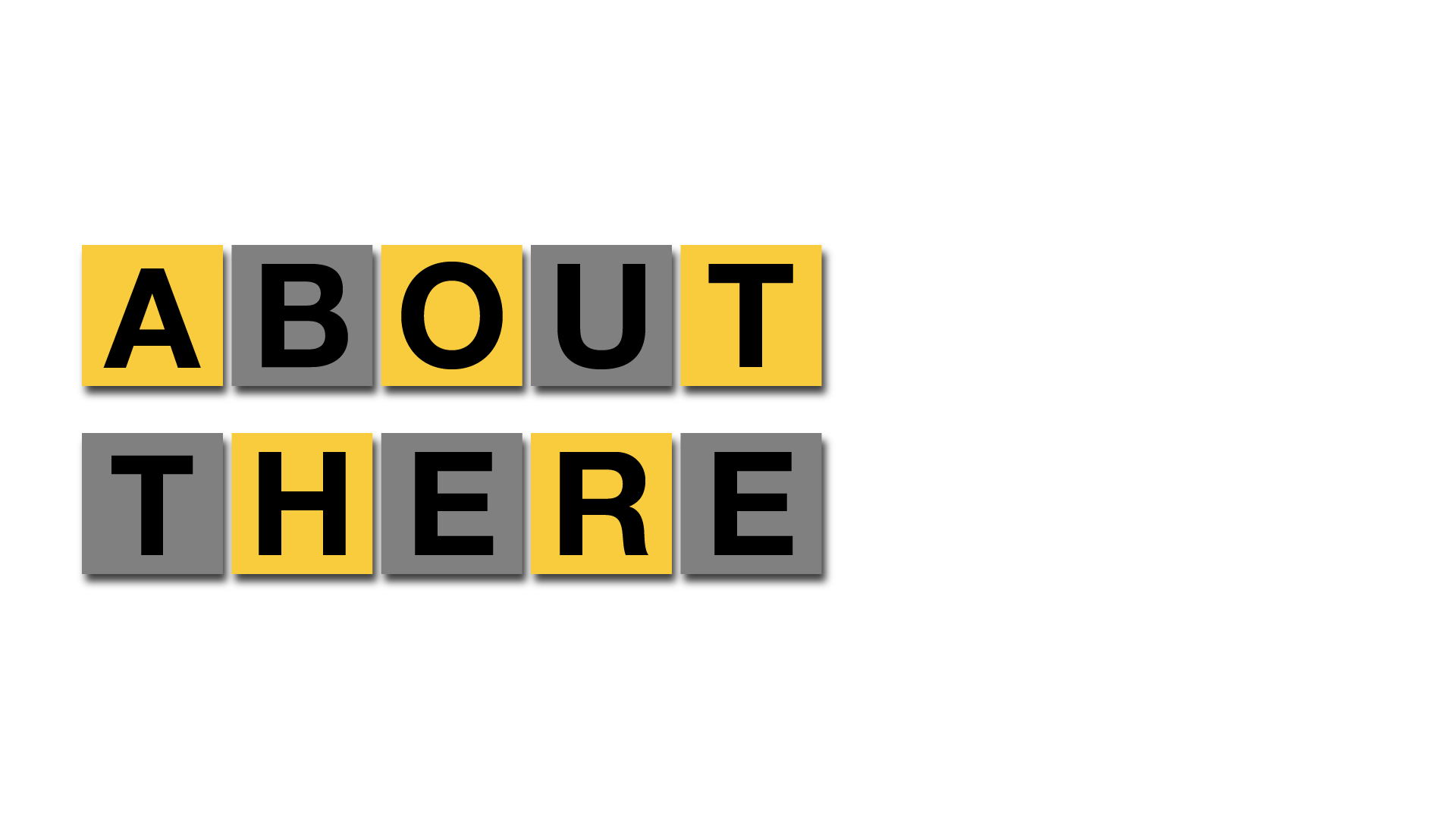
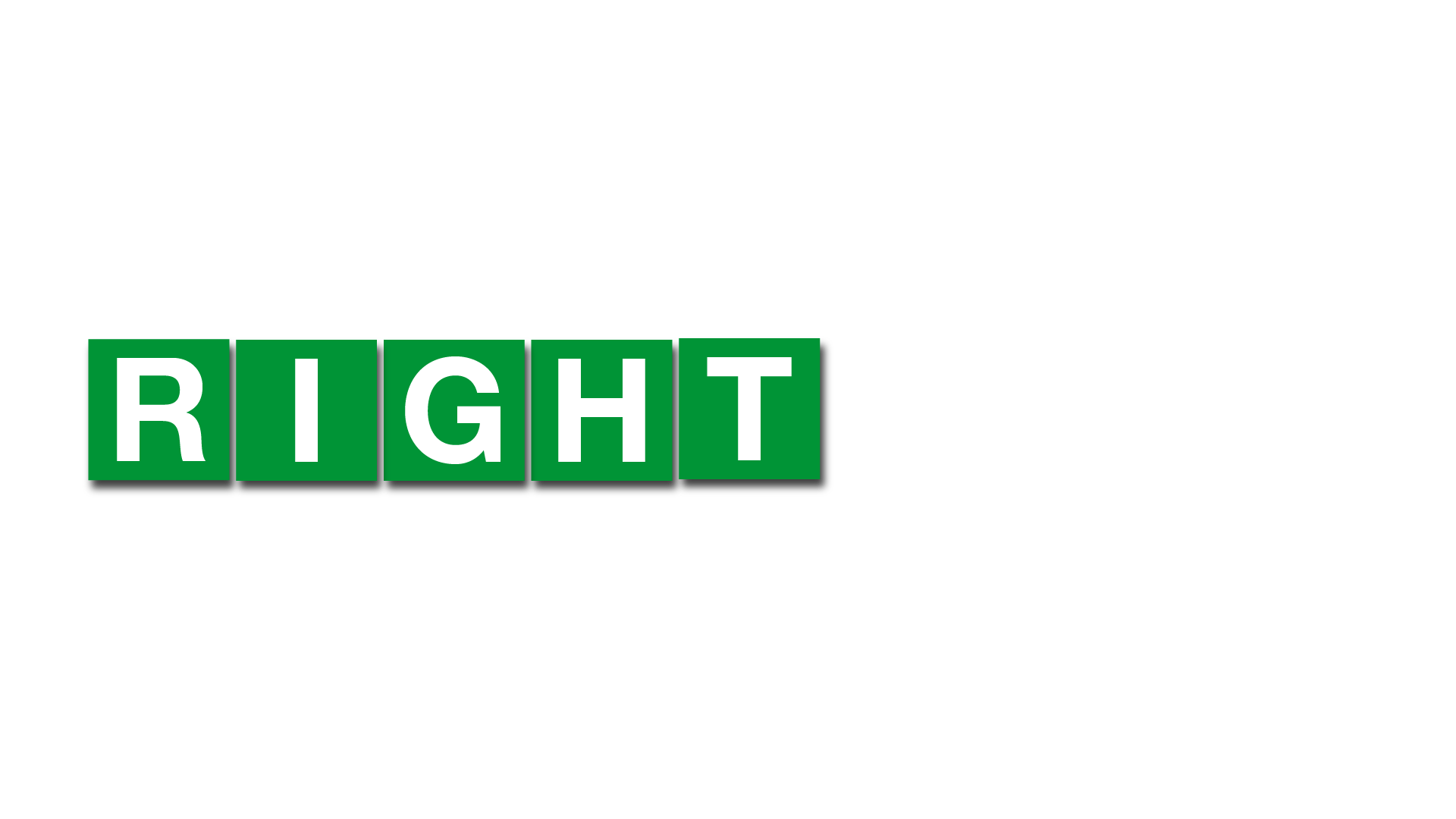
Timeline:
The story of this game begins in 2013, when Josh Wardle originally programmed a prototype of Wordle which did not gather a lot of interest from his friends and family. Later, in 2020, he programmed the game again for his wife to play and later published it when his whole family got hooked to it. The Wordle dictionary comprised of 12000 five-letter words initially, but because most of these words are difficult to guess for an average user, that number was reduced to 2500.
When the game was made public, it was played by 90 people on November 1, 2021 and that number rose to 300,000 by January 2, 2022. By the next week, 2 million people had played Wordle and 1.2 million people shared their grids on Twitter.
As the game increased in popularity, it started appearing on mainstream platforms as well, like on the Tonight Show by Jimmy Fallon. Google created a doodle especially for the game and Twitter took action against bots which replied to user’s Wordle result with the next day’s answer.
Soon, YouTube videos were being posted which spoke about the best five letter words to start with for the daily Wordle. It is a widely accepted strategy to use words with the maximum number of vowels to guess the word faster and more efficiently. These videos also gathered millions of views. It was very clear that a significant demographic was invested in being better in a game which offered no score.
Its popularity also heralded the emergence of cloned games on the Apple App Store. After these games were put under the spotlight, they were immediately taken down by Apple. An app called ‘Wordle!’ from 2017 which had nothing to do with Wordle saw a significant rise in its downloads and purchases from 5 to 12 January 2022. Creator Steven Cravotta, however, recognized the cause of the resurrection of his app and has stated that he will donate any proceeds made by the app to a charity in Oakland, California along with Josh Wardle.


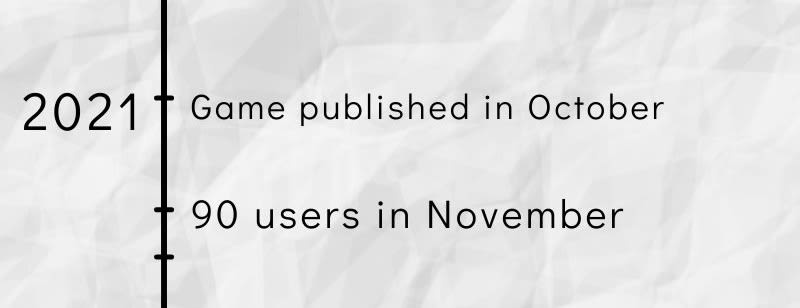
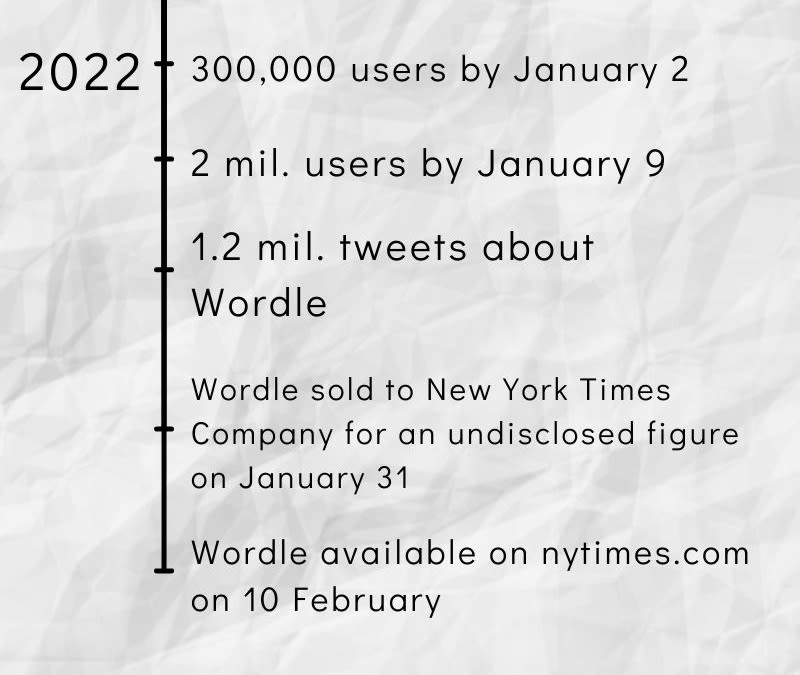
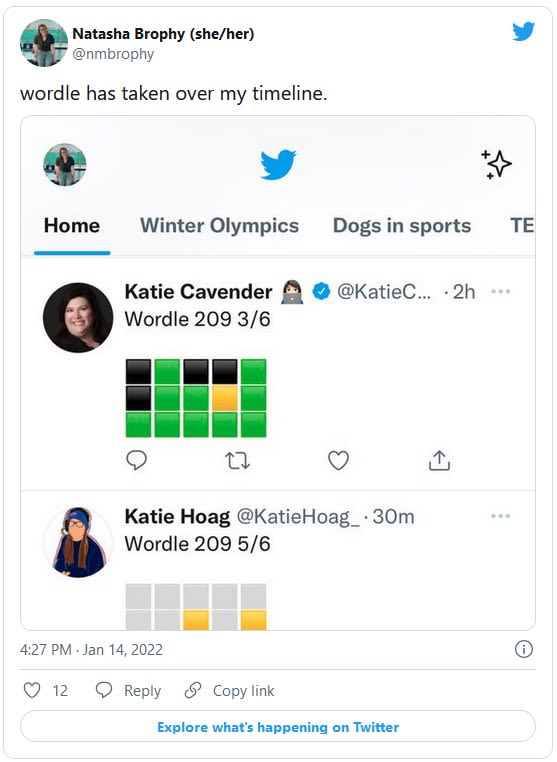
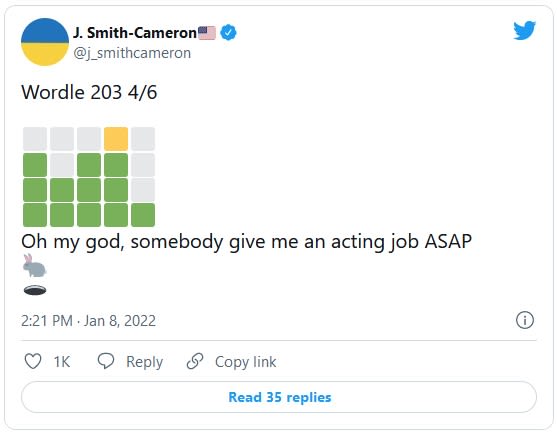
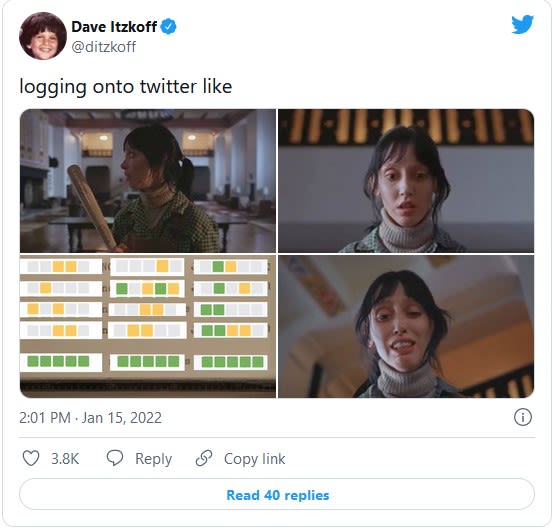
All the events in Wordle’s short and interesting lifetime led to a crescendo on 31st January 2022, when The New York Times Company, which is the company that owns The New York Times, bought Wordle for an undisclosed amount in the lower seven figures.
The New York Times hosts word games like Spelling Bee and crosswords on paid subscriptions already and Wordle checked all the boxes to be included in this portfolio of language-based games. Their aim with Wordle is to gain ten million subscribers by 2025.
This move was met with disgruntlement online as users now expect this daily word game to function behind a paywall. Wordle existed as an ad-free experience that did not ask for data nor did it have any machinations of monetization. In his statement on Twitter, however, Josh Wardle mentions that “when the game moves to the NYT site, it will be free to play for everyone”.
The game has suddenly become a huge part of people’s lives. This is reflected in the news on February 10, 2022, when there was an incident in Chicago where an 80-year-old woman was saved by her family from a hostage situation only because she failed to send her older daughter the daily Wordle grid.
This is probably the first time in modern history where a word game immediately gained immense admiration and engagement.
A game called Quordle, made by fans of the original game introduces a new dimension to it where the users have to guess four different words in four grids of 5x9 instead of one. The five-letter guess, however, will be the same for all four grids.
Although the claim is that the game is free for all, there is still a lot of room for the New York Times to introduce some kind of paywall in the future of Wordle. Its unusual graph of popularity may see steady growth in the future, but the events that led to this situation will always remain a fascinating part of word-game history.